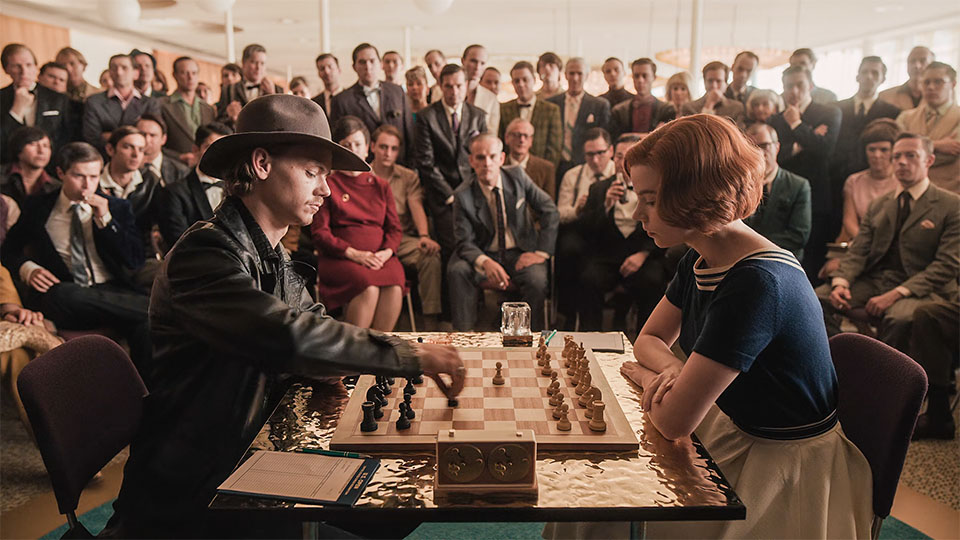
Article by IA Tomasz Delega, Chairman of ECU Arbiters Council
What is a fair play in chess and what are its limits? Or maybe there aren't any? This time, in the arbiter's corner, we present two cases bordering on the rules of chess, fair play and good manners. First case – in a blitz tournament, one of the players playing black has a completely winning position. He promoted a pawn into the queen, "checking" the opponent.
Unfortunately, by mistake he promoted his pawn into the queen of opposite color (the color of the opponent pieces). The opponent replied by king, escaping under the check. Having realized the situation, the black player tried to change "his" queen into a black piece, but the opponent didn't agree and called the arbiter.
The arbiter stated that an incorrect move has been made (promotion of a pawn into a queen of the opposite color), but since the opponent has not complained about it and another move has already been made, the game should be continued with the "bad" white queen. The black player resigned. This time we don’t ask if the arbiter did the right thing, but if the white player broke the fair play principles, seeing the opponent's mistake and benefiting from it?
In my opinion, it would undoubtedly be very noble if he let the opponent replace the queen, but on the other hand, chess is a game of mistakes, so if the opponent makes them they can be used. What do you think about it?
The second case – in a rapid tournament, the player playing white has an exchange up but the position is still so complex, that there is no clear way for winning. He has about a minute and a half left on the clock.
He made a move and his opponent having about eight minutes on his clock, started thinking and after about two minutes later held out his hand and said "Okay, I won't continue this".
The white player, a bit surprised, shook the opponent's hand and, convinced that Black has resigned, reported the win to the arbiter.
After making the pairing for the next round, the black player complained to the arbiter, that he has half a point less and his previous game ended in a draw. He claimed that White offered a draw and he agreed.
What should the arbiter do?
The mere handshake can be interpreted both as agreeing to a draw and also as resignation, although it does not mean anything in itself.
So it would be appropriate to interpret the words "Okay, I won't continue that", but what do they mean? They can also be interpreted in two ways, but I think if someone says they will not continue, it means resignation rather than agreeing to a draw.
The arbiter asked the players to reconstruct the position, which the white player did, and Black agreed that position is correct. Based on an unclear, complex position, the arbiters decided to change the result into the draw.
What do you think about it?
The lesson from the second case is that it is very important to be sure what kind of intention has the opponent before shaking his hand.
But how to do this in good way? I remember from my own practice when I reached out my hand to my opponent, who was a teenage boy, with the intention of resigning, and he asked loudly to the entire playing hall "do you resign", I felt very confused.
Combinations by Beth Harmon
The Netflix series "The Queen's Gambit" has been an unprecedented success. It was featured in countless articles in newspapers, magazines and news portals all over the world.

It has also been the number one hit in Netflix worldwide for over a week. The ECU magazine thankfully extracted three combinations from Harmon games for you to solve.

Try matching your wits against Beth. You can move the pieces on the diagrams to analyze. Too hard for you? The first combination is explained by Simon Williams here, and the second here. And the final position? Here is the solution.
The ECU E-Magazine October 2020 can be read online with interactive links here, or it can be downloaded from the ECU Website.
.jpeg)

























